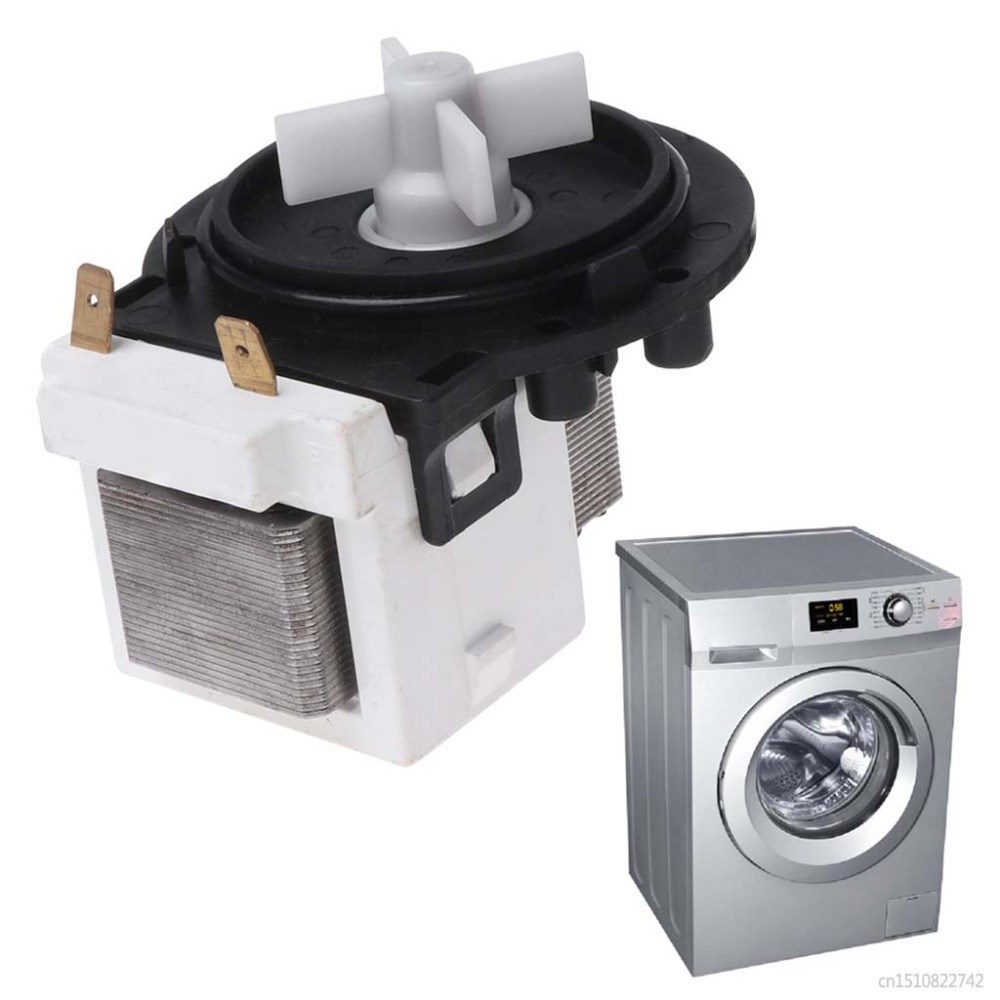Washing machines have become a ubiquitous appliance in households around the world, simplifying the tedious task of laundry and helping people save time and energy. However, the history of washing machines extends back centuries, and the evolution of this appliance has been a fascinating journey of innovation, creativity, and technological advancements.

The earliest washing machines were manual devices that required a significant amount of physical effort to use. One of the earliest types of washing machines was the scrub board, which involved rubbing clothes against a corrugated board with the help of soap and water. This was a laborious task, and it required immense physical strength to properly clean clothes. Other manual washing machines included the dolly and the mangle, which required a lot of hand-cracking to wash and rinse clothes.
The first electric washing machine made its appearance in the early 1900s, revolutionizing the way people cleaned their clothes. The first electric washing machine was invented by the American engineer Alva J. Fisher in 1908. This machine used an electric motor to power the agitator, which churned the water and clothes to clean them. However, these early electric washing machines were expensive and were only affordable for the wealthy.
It was not until the 1920s that electric washing machines became more widely available and affordable. In 1929, Bendix Home Appliances introduced the first automatic washing machine, which had a timer and a built-in agitator. This machine was a significant improvement over the electric washing machines of the time, as it required less manual intervention and was more efficient.
In the 1950s, washing machines underwent a significant transformation with the introduction of new technologies like the spin cycle and the ability to wash clothes in hot water. These changes helped to remove more dirt and stains from clothes and made washing machines more effective at cleaning clothes. The introduction of front-loading washing machines in the 1960s further improved the efficiency of washing machines and reduced the amount of water and energy required to wash clothes.
In recent years, washing machines have undergone further technological advancements, with the introduction of smart washing machines that can be controlled using a smartphone app. These machines have features like automatic detergent dispensing, smart load detection, and the ability to diagnose and troubleshoot issues remotely. Additionally, washing machines have become more energy-efficient, with many models having an Energy Star certification that signifies their energy efficiency.
In terms of design and functionality, washing machines have evolved significantly over the years. Today, washing machines come in a wide variety of styles and sizes, with features like steam cleaning, multiple wash cycles, and quiet operation. Manufacturers like LG, Samsung, and Whirlpool offer washing machines that cater to different needs and budgets, from basic models to high-end machines that have advanced features and custom wash cycles.
In conclusion, the evolution of washing machines has been a fascinating journey that has spanned centuries and involved numerous technological innovations. From manual devices to electric machines, to automatic washing machines, and smart washers, washing machines have come a long way in terms of performance, design, and functionality. As technology continues to evolve, it is expected that washing machines will continue to become more efficient, convenient, and intuitive to use, making laundry easier and more enjoyable for people around the world.